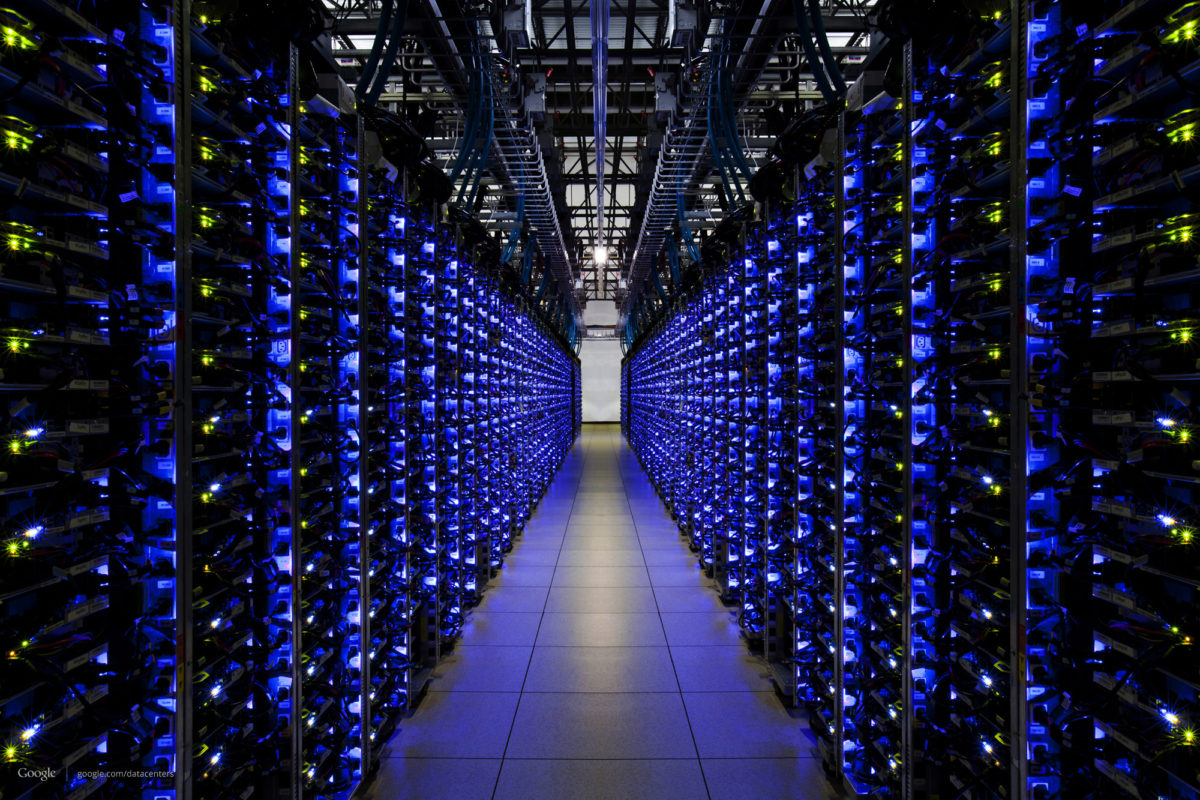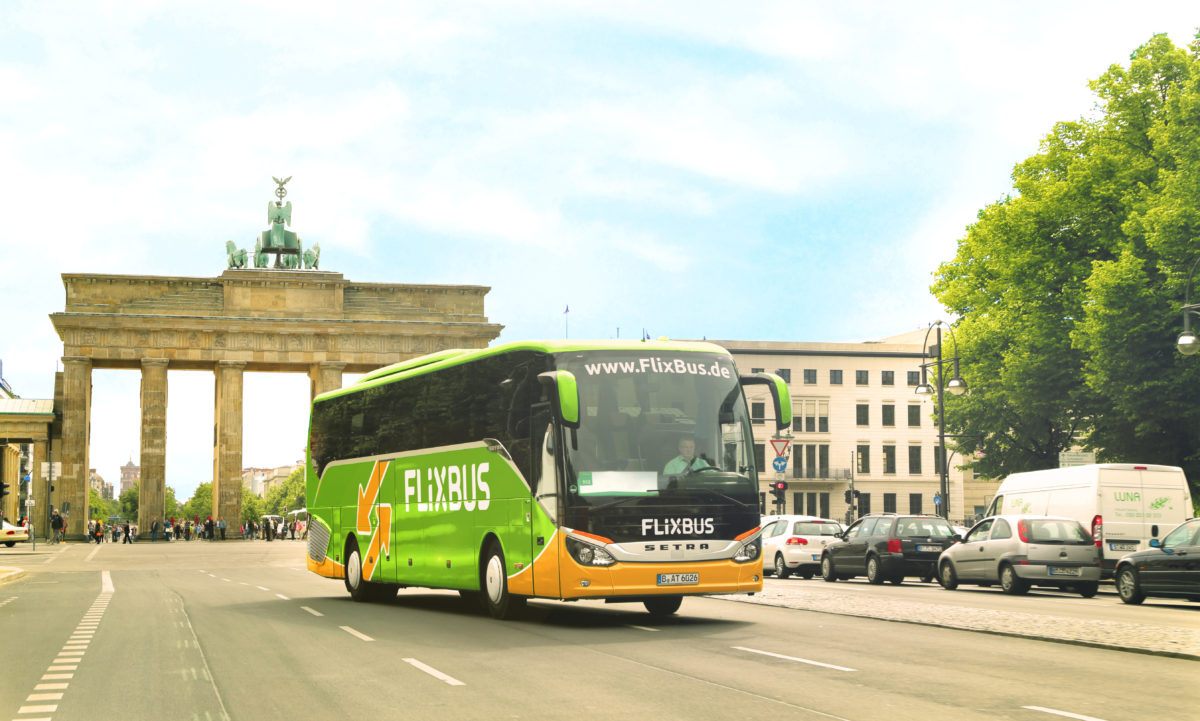If the title of this article confuses you, you probably have not heard of the CO2 emissions of the IT industry. It is estimated that the carbon emissions resulting from yearly global data consumption is approximately 2% of the total global carbon emissions, which is about the same of what the airline industry produces. Does this mean that IT is actually not that beneficial to a green planet? Let’s find out.
First of all let’s see what is actually the cause of these carbon emissions when we are talking about IT. The carbon emissions come from three main drivers: Data centers, Voice& data networks, and End-user devices, of which the end-user devices account for 60% of all IT emissions. Unsurprisingly energy needed to move a (electric) car forward is the same energy you need to charge your smartphone or laptop. Likewise Data centers and Voice & data networks use energy to facilitate data traffic between users. Data centers consume so much energy, that they are strategically located in cold regions to save on cooling.
Even though knowing what consumes energy within the IT industry, one might still wonder how flying to the other side of the planet is related to watching Netflix. Looking at the totals of carbon emissions one could argue that indeed watching Netflix is as bad as taking a long-haul flight, but the individual picture is completely different. Netflix estimated that the carbon footprint of an individual streaming for one hour is 70g of home equipment (End-user device) and 0.5g coming from the Netflix infrastructure (Data centers and data networks). If you would watch Netflix for 6 hours a week for a year, you would have emitted 0.22 Metric tons of CO2. Flying from New York to Los Angeles emits 0.29 Metric tons of CO2, which means it would not hurt to watch another movie on the plane.
Yes, IT emissions are real and the fact that data consumption is only growing also means IT companies need to research their carbon footprint and look for sustainable solutions to lower their CO2 emissions. However, IT has brought many ways for companies to be more sustainable, because a video call is still a lot more sustainable than flying people all over the world.


